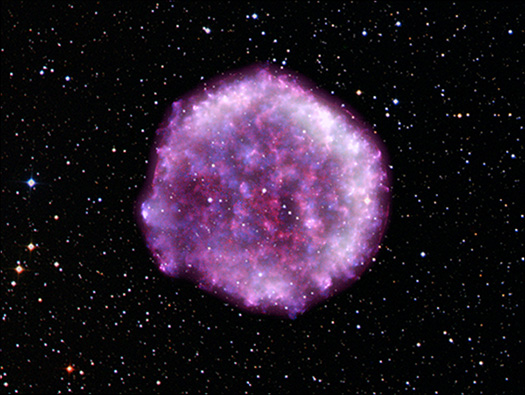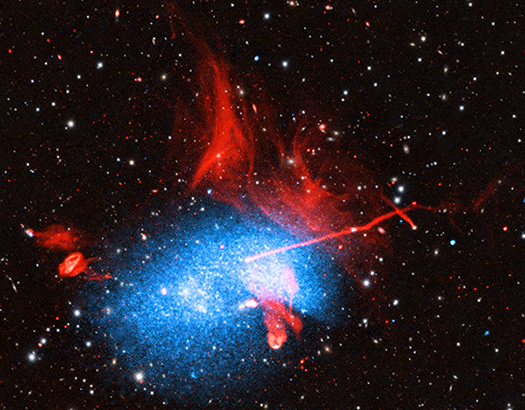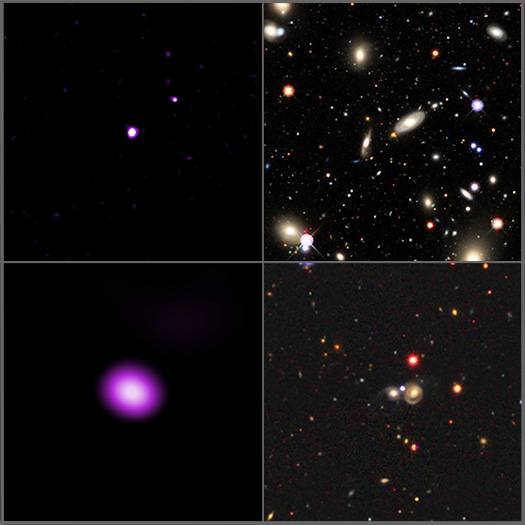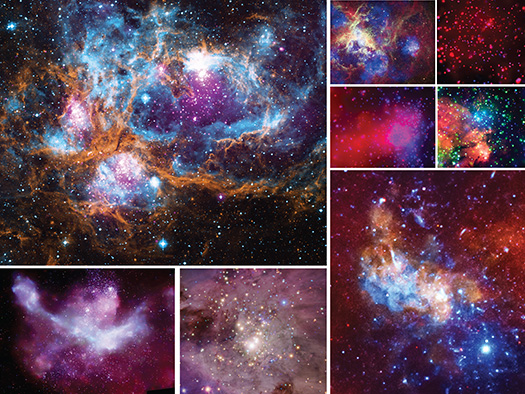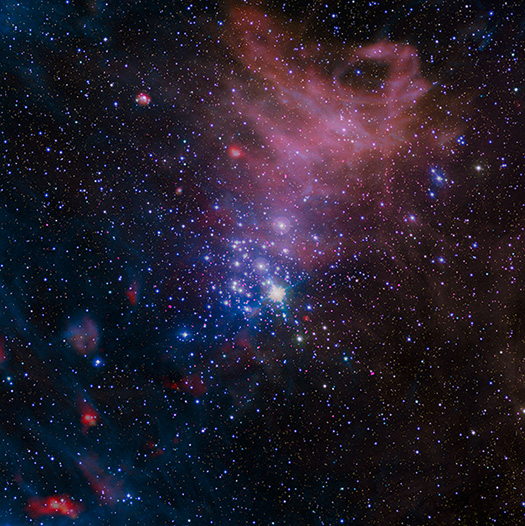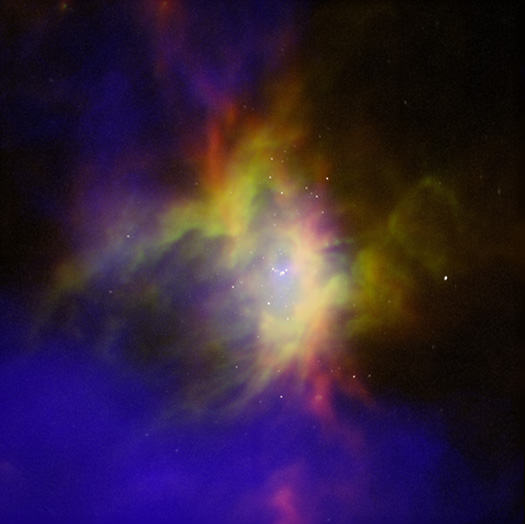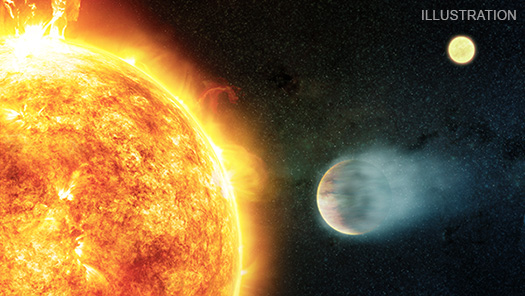Powerful Yet Lonely: The Distant Quasar Left Alone in its Group
Submitted by chandra on Tue, 2023-03-07 10:43We are happy to welcome Valentina Missaglia as a guest blogger. She is the first author of the paper that is the subject of our latest press release. She is currently a postdoctoral researcher at the Institute of Astrophysics — FORTH in Heraklion (Crete) in the SMILE (“Search for Milli-LEnses”) group, recently funded by an ERC grant, that aims at investigating the nature of dark matter through observations of gravitational lenses on milli-arcsecond scales. Valentina earned her Ph.D. from the University of Turin (Italy) and her research focuses on radio and X-ray emission from radio-loud active galactic nuclei (which contain supermassive black holes that are rapidly pulling in material, producing intense radio waves) and how these sources interact with the surrounding medium. Before starting her Ph.D. in 2019, Valentina was a visiting student at the Center of Astrophysics | Harvard & Smithsonian, where she collaborated with Dr. Ralph Kraft on observations of galaxy clusters performed with NASA’s Chandra X-ray Observatory.
Looking at the night sky with the naked eye, we can only see an infinitesimal part of what the Universe contains, and the largest part cannot even be “seen”. Radio wavelengths have gifted us some of the most fascinating astronomical sources: radio-loud active galactic nuclei in the centers of galaxies, which can produce jets that extend way farther out from the optical galaxy itself.
The most powerful radio sources in the northern hemisphere are listed in a well- studied catalog, the Third Cambridge Catalog (3C), which contains the source we investigated with multiwavelength observations: 3C 297. This source appeared very intriguing in observations performed with Chandra in 2016. Therefore, we requested more time to better investigate features that we uncovered thanks to this first short observation, such as hot, X-ray emitting gas around our source.





